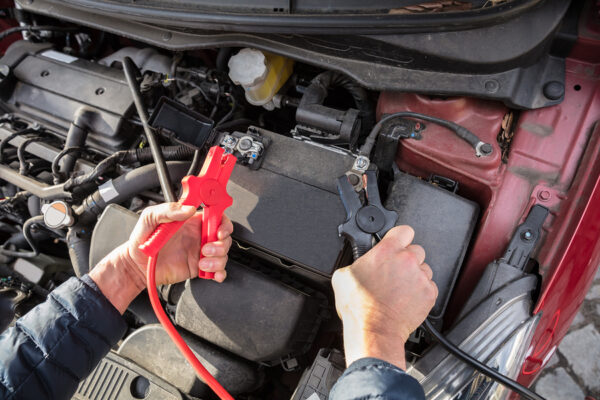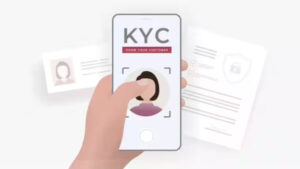Your vehicle is a collection of sophisticated systems and components. Yet without a properly working car battery, none of that matters. You rely on its power every time you turn the ignition key, so you need to know you’re putting a dependable one under the hood. This helpful car battery guide can help you choose the right one and get the best reliability, durability and power for your dollar.
A Quick Battery Buying Guide
When you’re looking for a new battery, you obviously need to choose one that fits. You should have a few key pieces of information about your vehicle: its make, model, year and ideally, engine type. Once you’ve narrowed down your battery options, you need to consider three things:
- Climate
- Basic needs
- Driving style
Your battery is full of chemicals, and the chemical reactions that generate power occur more slowly at lower temperatures. If you live in colder climates, you’ll want a battery more cold cranking amps – the number of amps a 12-volt battery delivers at 0 degrees Fahrenheit for 30 seconds while maintaining at least 7.2 volts. CCAs of 650 or greater are ideal in cold weather, and anything above 800 CCAs ensures you can start your car in extremely cold.
Your typical driving needs and style also determine the best type of battery to buy. You’ve likely noticed both lead-acid and absorbed glass mat batteries on the market. Many lead-acid models are maintenance-free and are less expensive. On the flip side, AGMs are made for frequent drain-recharge cycles. If you charge mobile devices in your vehicle or use power-dependent accessories, you may want to consider an AGM battery.
Finally, you should pay attention to each battery’s warranty. Most batteries last between three and five years under normal driving conditions. You’ll typically see two-year warranties, such as the Duralast battery warranty, with free replacement within that time period. Heavier duty models can come with three- or five-year replacement warranties.
How To Replace a Car Battery
So, you’ve chosen your replacement battery. Now you need to install it. When you’re pulling out the old battery, you should wear safety gloves and goggles. Use zip ties to secure cables and cover the positive cable with a shop towel to avoid contact with other metals. Always remember to disconnect the negative cable first – this helps prevent dangerous electrical discharge. Afterward, you should disconnect the positive battery cable, remove the securing bracket ad then carefully pull the old battery out and set it aside.
Before putting in the new battery, inspect your battery cables’ terminals to ensure they’re clean and corrosion-free. When putting the new battery in, position it so that its positive post is near the positive terminal. Reconnect the securing bracket, take the plastic caps off the battery’s posts and apply anti-corrosion grease to each one. Attach the cables’ terminals to the appropriate posts – red for positive, black for negative – and tighten connections. Your battery should not move or wiggle if done correctly.
A Few Final Words on Batteries
Proper maintenance ensures that your battery performs during its typical lifespan. Regular battery testing helps you monitor its health and prepare for replacement. Choose a reputable auto parts retailer with knowledgeable staff, solid service and favorable warranties.




















Be First to Comment